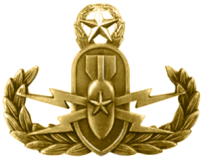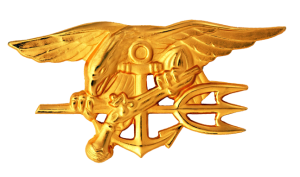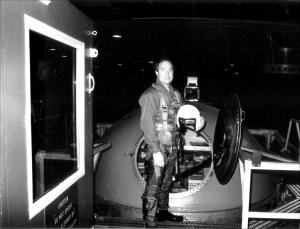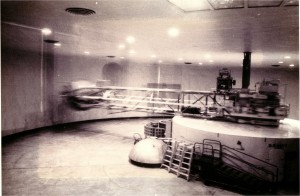I thought the jig was up when I heard the top U.S. Intelligence Agency was releasing what it knew about UFOs. (See link at the bottom of this post.)
Who would want to read a science fiction novel about UFOs and aliens when the truth is—as they say—stranger than fiction?
What would happen to all those imagined UFOs that slice through water as easily as air? What about spaceships that are massive quantum computers that sense, think and plot the safest course through a universe littered with obstacles both large and small?
What about ships powered by the free energy of the cosmos, steered by the photonic vibrations of colored lights modulating the propulsive energy at the core of the cosmic vacuum?
What would be the fun in imagining aquatic species able to tolerate high pressures but unable to survive the toxic oxygen in our atmosphere? Where would the mystery go once we knew the truth?
What could inspire awe in reading about humans working with strange creatures who teach us to genetically engineer a new breed of humans to survive coming cosmic cataclysms?
What is the use in imagining, once you know the truth?

Well, as we now know, science fiction writers needn’t worry. Yes, the U.S. military finally admitted that UFOs exist, which is a vast improvement in government transparency. And, let’s admit it, the reality of UFOs has been one of the worst kept secrets of all time. The darn things keep showing up at the strangest times, sometimes far away, but sometimes incredibly close.
The luckiest humans, those who win the UFO reveal lottery with a closeup view of the craft, have their lives changed forever. This I know. And the number of such human observers are legion.
For reasons known only to the government, their admission of UFOs is not accompanied by the sort of detail for which most UFO aficionados were hoping. But frankly, that is likely a deliberate ploy for reasons of national security. I truly believe, and fully support, the continued need for secrecy.
And because of that secrecy, science fiction writers are still free to imagine what they will. After all, fantasy might be the best way to sow awareness of things we cannot imagine, outside of fiction.
But there are some things that science fiction writers like myself find hard to comprehend. The questions I pose here are ones that in my opinion are of much greater importance than the reality of UFOs, or even ETs from distant star systems.
Frequently, nonscientists attempt to explain the weird nature of some UFO sightings by supposing the craft appear from some bubble of an extradimensional universe. The craft and their supposed inhabitants are perhaps not from a portion of our universe far, far away, but rather they are in fact—right here. Right here as in right next door in a higher dimensional universe, or multiverse!
I repeat, I have heard such things from nonscientists. So, what do scientists think?
With few exceptions, they ignore it. Even the multiverse-believing cosmologists don’t yet have the tools to detect unseen universes. Not seeing is not believing, although to be fair, they may spend a lot of time thinking about it.
I would agree that much of the popular writings on the subject of unreachable dimensions are pseudoscience, or less politely, poppycock. Except for the fact that Einstein once said, “It is entirely possible that behind the perception of our senses, worlds are hidden of which we are unaware.”
So, as a scientist and writer, I hold fast to the fact that long after we know that three-dimensional spacecraft and their alien crews exist, we still will not understand higher dimensional universes. Are there hidden worlds there, as wondered by Einstein, populated with sentient beings?
I wish I knew for sure. I would dearly love to possess a higher dimensional container, a sort of a stripped-down, dumb version of Dr. Who’s Tardis. That way I could discard accumulated junk and never see it again. And I’d never get charged disposal fees.
Free energy would be life changing, but free junk disposal would be the icing on the cake.
Top image: A scene from Atmosphere, book 3 of the Jason Parker Trilogy. (Copyright, 2020, 2021)
Here’s the link to the Preliminary Assessment from the Office of the Director of National Intelligence. (For Jason Parker readers, that’s the same office that fictionally hired Laura Smith to be their Subject Matter Expert on ET Affairs.)











